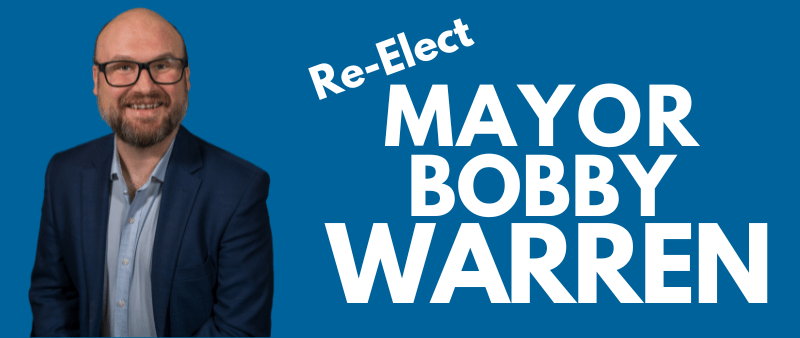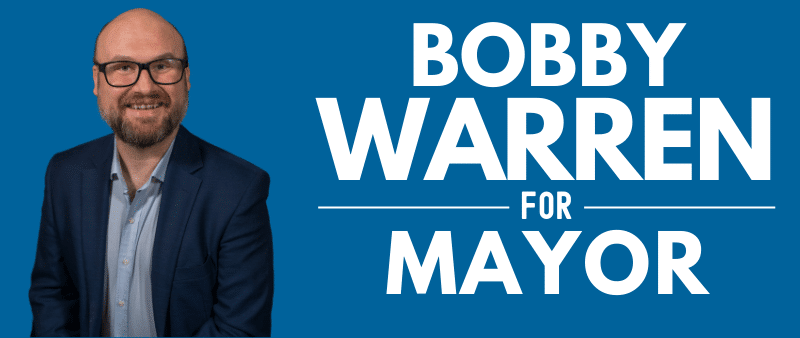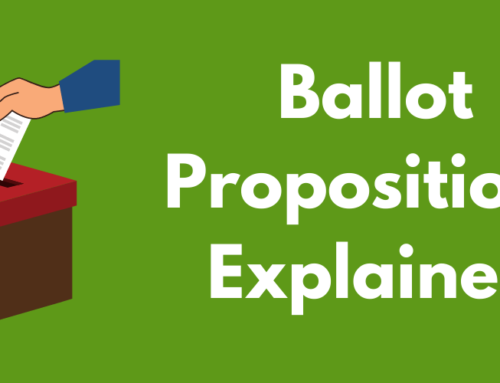When I was young, my father taught me an important lesson about money. When I wanted to buy something, he didn’t just go with me to the store and let me get it. Instead, he sent me outside to mow the lawn (it wasn’t a small lawn) and when I was done, he would take the $15 I just earned and put it into a small canister he kept in a dresser drawer. Once I mowed the lawn enough times to purchase that item I told him about, he took me to the store to pay for it with the money I saved up over time.
As valuable as that lesson has been to me personally, I think it’s an extraordinarily valuable lesson in municipal finances as well. All too often we hear of cities across this nation that find themselves under crushing amounts of debt. In 2013, Detroit became the largest American city to ever file bankruptcy, having amassed $18.5 billion in debt.
Jersey Village has been far more judicious in its use of debt. City council recently approved the early payback of one of our bond series. The two remaining bond series are on track to be paid off no later than 2027. The two series are eligible for early payback in 2021 and 2026, at which time I expect the city will proceed to immediately buy back the remaining bonds and we will become debt free.
As I have written previously, I believe citizens are due their first tax break in over 15 years. At the same time, however, city council should take this opportunity to also ensure that future capital expenditures are covered in a manner that provides the best value for taxpayer dollars.
This presents an extraordinary opportunity for Jersey Village. Through careful planning and responsible budgeting, we are in a position to avoid nearly all debt in the future by funding future capital improvements using “pay as you go” financing. If city council plans carefully, we can achieve this goal while providing much needed tax relief.
What do you mean by “pay as you go”?
Much like the example above set by my father when I was young, the city has an opportunity to identify necessary capital improvements early, setting a schedule by which payment will be made out of the general fund into the capital improvement fund, and when the time comes to move forward with the capital investment, the city will have the cash saved away to implement the project without the need for more debt.
In 2007, our city council had the foresight to begin such a program for facility replacement. Even 11 years ago, it was apparent to our elected officials that city hall would need to be replaced sooner rather than later. They also recognized that careful budgeting had produced a series of budget surpluses in the general fund. City council chose to pass a resolution in 2007 which would earmark budget surplus funds above a 150-day operating reserve toward the replacement of city facilities.
I believe that this approach can be used for all of our future capital improvement needs.
By reviewing a comprehensive inventory of all capital assets in the city, and estimating the remaining useful life (in other words, the number of years remaining before the asset must be replaced), along with the cost to replace the asset, it is possible to save for those assets over a long period of time so that when it must be replaced, the city can pay cash without causing a sudden spike in the budget.
An example can help to illustrate this concept. In 2021, we are scheduled to replace a portion of Seattle Street. This will involve tearing out concrete, replacing storm drainage under the street, and laying new concrete pavement. By most estimates, concrete streets with the level of usage of Seattle can last at least 25-30 years. Let’s assume that the current cost of replacing Seattle Street is $4,000,000. If we wanted to save money to be prepared to replace Seattle Street again in 25 years (in the year 2046), we would divide the cost of the replacement by 25 and budget $160,000 every year for that future capital investment.
Of course, it’s a little more complicated than that. Inflation over that time will change the cost of the project, which would be partially offset by very conservative investments the city is allowed to make under state law using portions of the general fund balance. Calculations could be made to ensure a sufficient annual amount is saved to cover the difference.
What challenges exist with “pay as you go”?
The biggest challenge faced by a city attempting to fund projects with “pay as you go” is identification of the need for capital investments sufficiently early enough to save the money to pay for the project.
The street project I described above is a simple example. While streets often need routine maintenance and sometimes experience unforeseen damage, they are fairly simple structures that will likely last for a predictable period of time.
Vehicles and other machinery sometimes have less predictable life spans based on their use, unique mechanical issues, and the changing needs of the community. Adjustments to capital replacement programs would need to be made to ensure we budgeted sufficient funding and accounting for the possibility of repairs and unscheduled replacements. The city, however, has been able to successfully use this type of capital replacement program on a smaller scale for many years now.
Moreover, we do need to be aware of the fact that although we avoid the costs of debt when we use “pay as you go”, there is still the very real cost of inflation. As the economy continues to grow, the rate of inflation is sure to rise. While the city is allowed under state law to make some very conservative investments to offset the loss of value caused by inflation, it usually isn’t enough to entirely cover the lost value. Carrying a large balance for a long time can result in substantial loss of value.
What are the long term benefits of “pay as you go”?
The benefits are fairly clear. Any form of debt can be expensive, and municipal bonds are no different. This is particularly true in an economy where interest rates are starting to rise from the incredibly low levels we have seen since 2009. With a “pay as you go” capital program, projects can be paid for using cash instead of taking out debt.
One of the other major downsides to taking on debt is that you’re betting on your future. While Jersey Village has been fortunate to have some very predictable property and sales tax revenue bases with steady, healthy growth, there’s no guarantee of that in the future. Debt, by necessity, assumes a certain amount of risk that revenues will continue to be available at the same level. By saving the money for projects ahead of time, however, you eliminate that risk by only spending the money once the project is fully funded. In the rare instance an emergency or crisis arose which required a shift in priorities, the flexibility to do so exists when you’re saving for projects through a “pay as you go” system.
How do we implement “pay as you go” for future projects?
Our city staff has developed a long-term capital program to identify capital assets by their useful life, the cost of replacement, as well as ensuring that future capital investments are identified based on the Jersey Village Comprehensive Plan are included in the program. This allows us to better understand the revenues needed to make these investments and replacements in a timely manner and avoid the need to take out debt to fund them.
My hope also is that it will avoid the problem we have had in recent years where money was stockpiled with no clearly articulated plan to invest those funds into projects in the community. If we do not have sufficient projects planned, which are supported by the citizens of our community, to justify retaining a large general fund balance, we should reduce property tax revenues so that they meet the level of planned expenditures and investments.





